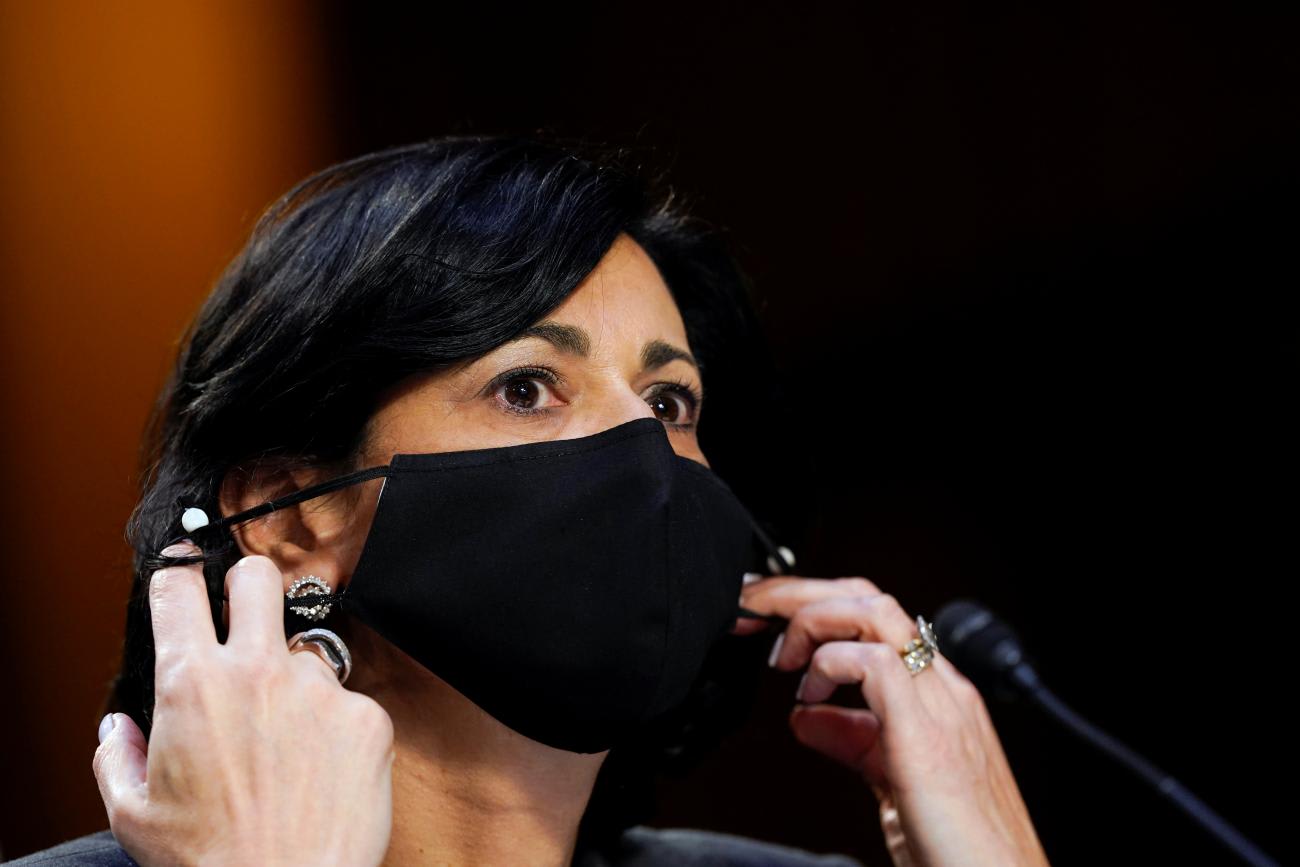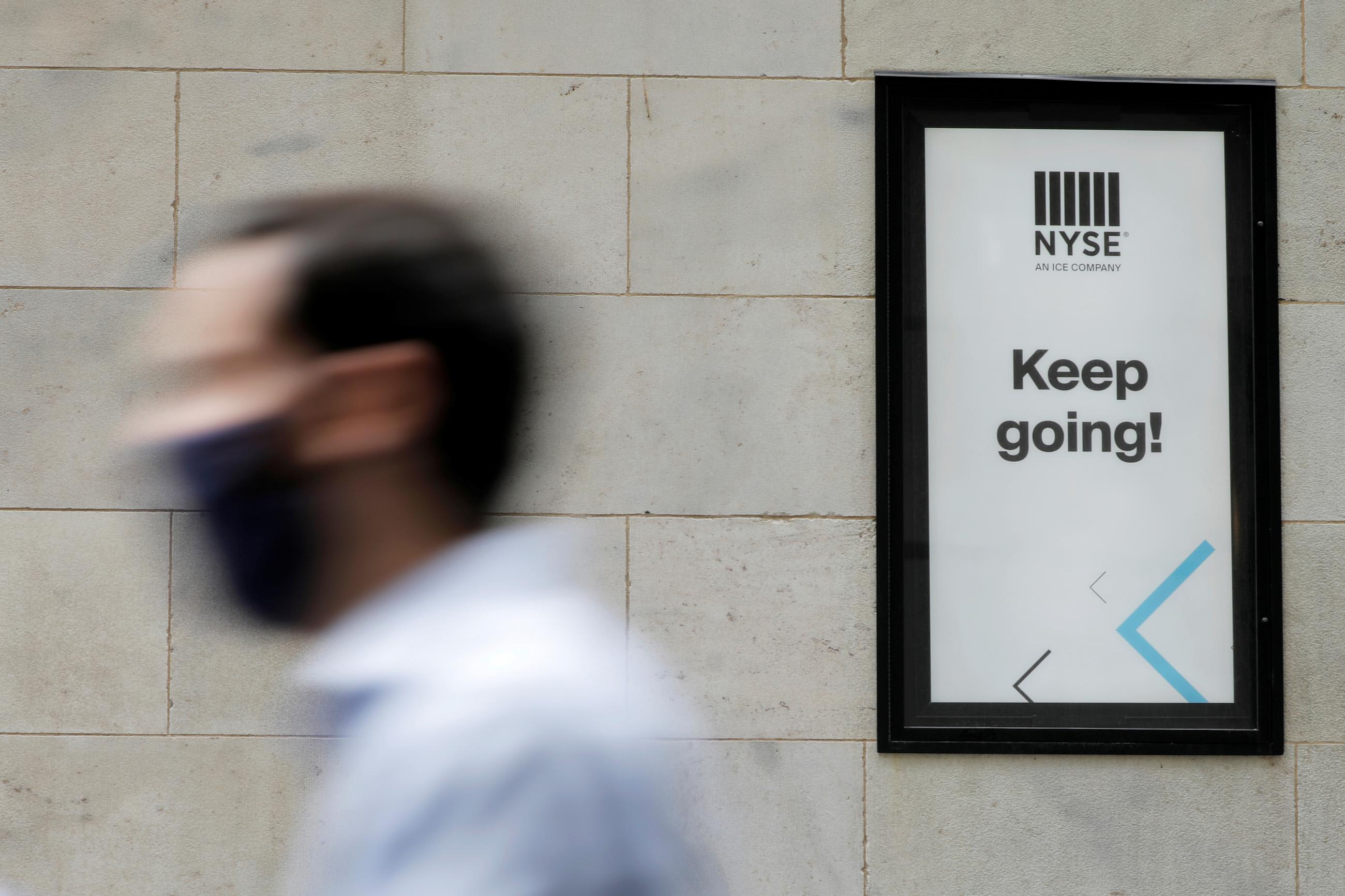One of the impediments to designing sustainable policy solutions to contain the damage from COVID has been the assumption that people have an accurate estimate of risk. Behavioral research has repeatedly illustrated how people generally miscalculate risks—especially when they are influenced by fear. This is why transparency, and the right incentives should form the core elements of any sustainable policy for the next phase of COVID response.
In late July, the U.S. Centers for Disease Control and Prevention (CDC) updated its mask guidance, recommending vaccinated people mask up indoors in areas with high infection transmission rates. This policy was a sharp reversal of its initial recommendation two months earlier. Masks remain an important tool in slowing down the spread of the coronavirus, especially during a surge in infections and in high-risk situations; however, having people look up the areas of transmission for making the decision is not a feasible solution for most. Masking guidelines have also been severely politicized, taking the attention away from a more urgent intervention: vaccines.
"Behavioral research has repeatedly illustrated how people generally miscalculate risks—especially when influenced by fear"
These unending debates on masks are distracting, and may lead to other long-term unanticipated problems, such as doubts about the effectiveness of vaccines. The reason for this is how people generally assess risk. The policy vacillations on the mask guidance could eliminate the incentives for some people to get a vaccine.
There are additional issues that could complicate the adoption of vaccines. First, there is a risk communication problem. When policymakers are constantly changing their stance on masks and other public health interventions, the messaging is muddled, and people receive no clear guidance on what to do. Additionally, vague guidance on masking—without specifying that high-filtration masks and high levels of compliance are required for effectiveness—is not actionable.
Second, there is a transparency problem. When the CDC announced the reversal on masking, there was no clear evidence at the time on why the risk assessment had changed. This created confusion and doubt. Eventually, internal CDC documents revealed that vaccinated people who were infected with the delta variant carried as much viral load as the delta-infected unvaccinated people. However, during those initial chaotic days, the message on what the COVID-19 vaccines can and cannot do was lost. In fact, the study that prompted the CDC to reverse its mask policy also reported that very few vaccinated people were hospitalized.

Lack of transparency on data and unclear communication has also led to significant erosion of trust in public health agencies, and the politicization of the response. In a recent poll, only 52 percent of Americans had "quite a lot" of trust in the recommendations from the CDC. The numbers were even lower for the National Institutes of Health (NIH) and the Food and Drug Administration (FDA), at 37 percent each. The same poll highlighted the sharp political polarization—with 76 percent of Democrats having a "great deal" of trust in the CDC, and only 27 percent Republicans sharing that view. While political intrusion at the CDC last year has played a significant role in this erosion of trust, the mixed messages from the agency have also contributed to these trends. The agency's initial guidance on masks in May and the reversal of the policy in July has further complicated the politics of the public health response, including vaccinations.
The situation doesn't need to be this way. Effective public health strategies are available—what we need are political will and thoughtful implementation.
COVID vaccinations need to be mandated. Unless there are legitimate exemptions, the benefits of the vaccine—at the individual and societal levels—far exceed the risks. The federal government, numerous private and educational organizations, and now the Pentagon have already adopted this policy. Although some resistance to this policy is expected, the U.S. Supreme Court recently rejected a request to block Indiana University's vaccine mandate. For the next phase in COVID response, these policies need to be expanded, especially in places where people assemble in large numbers. Some places in San Francisco have already done this. Private companies and state-level politicians should play a leadership role in implementing this policy. With the FDA granting full approval of the COVID vaccine (Pfizer), there is enough information and justification to address the concerns of those who have been reluctant until now.
"Effective public health strategies are available—what we need are political will and thoughtful implementation"
The recent FDA approval will also enhance the next strategy: greater investments in communicating the safety of vaccines. Policymakers should recognize that vaccine-hesitant people are not a monolith. Often what they want are more information and more assurance. Public health officials at all levels need to repeat and amplify the messaging around vaccines: they are highly effective and prevent severe disease, hospitalizations, and death. Policymakers can also take advantage of behavioral nudges to improve vaccine adoption. This can be done by making the path to getting vaccinated one of least resistance—by either making vaccinations a default option, or by asking people to get tested frequently for COVID.
At this point, the biggest barrier to combating COVID is psychological—understanding that while the pandemic will end, the coronavirus will likely become endemic. What this means is that, either from vaccinations or from infections, a sufficient number of people will develop levels of immunity such that there is reduced transmission, while the virus circulates. This will also require policymakers to clearly articulate that the "new normal" could be a life with the coronavirus, and accurately convey the risks.
With time, our understanding of the transmission dynamics of coronavirus and its variants will improve. This will necessitate changes in public health policy. Addressing the ongoing pandemic is a collective responsibility, with each person playing an active role. Policymakers should repeatedly, transparently, and clearly communicate this reality and develop structures that enable a safe transition to the next phase of COVID.













